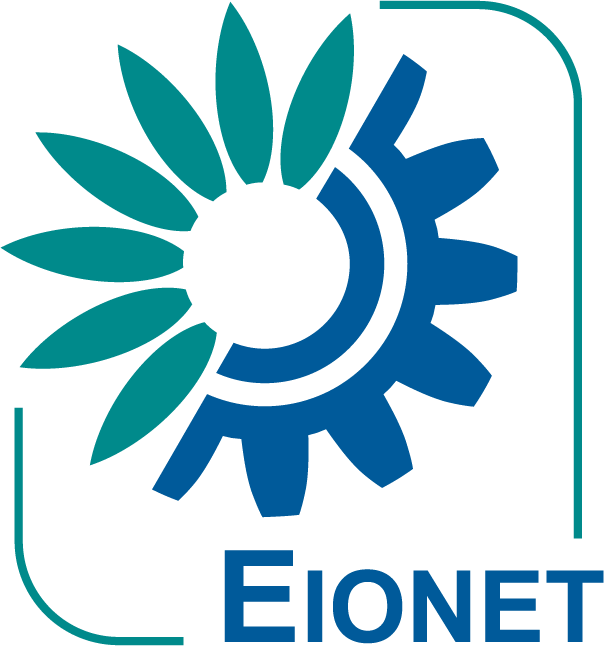Latest ETC Reports (included in homepage)
The purpose of this study has been to investigate the quantitative effect of vehicle taxation and incentives offered in seven different countries on CO2, NOx and PM10 emissions. The countries examined in our study vary considerably in the vehicle tax system that have followed. There are some countries that implemented an aggressive policy and gave robust incentives to introduce many EVs into the fleet but there are also those that followed a more moderate policy regarding the incentives they offered for EVs. In a brief summary, the major facts of each country's vehicle tax policy have been presented. For the calculation process two scenarios have been evaluated, one scenario that simulates the observed situation in the EVs market (baseline) and one scenario in which the market was not influenced by the introduction of vehicle-related taxes (EV scenario). The emissions difference between these two scenarios can be considered as the quantitative effect of vehicle taxation and measures taken from each country on CO2, NOx and PM10 emissions. The effectiveness of the policy and measures applied by a Member State can be determined in terms of total reduction of CO2 emissions. At this point, we should emphasize that the results of our calculations are real-world emissions as COPERT was used for the computational process. The major outcome of our analysis is that the countries that promoted the EVs market managed to avoid a significant amount of emissions. The leading country in terms of emission savings is Norway. One likely reason for this relatively high performance is strong incentives for promoting purchase and ownership of PHEVs and BEVs. To fully understand the value of Norway's incentives, it can be said that the purchase price for a BEV is more or less equal to the price of a similar ICEV. Follow-up country is the Netherlands which has also implemented policies favoring EVs and penalizing high- emitting ICEVs It is important to stress that a lot of BEVs and PHEVs were introduced into the fleets of these countries because policies were more targeted to these two technologies. These vehicle categories can bring the most benefits. Conversely, countries that did not offer special incentives to close the cost competitiveness gap between EVs and equivalent ICE vehicles failed to achieve high reductions in emissions. Examples of countries in this category are Greece and Poland. Exception of the above rule is Ireland where, despite the financial incentives to support EVs, their sales have not taken off. The Irish government should explore and find out the reasons holding back the expected surge in adoption of these cars (e.g. due to insufficient charging stations) and make the necessary modifications in its vehicle taxation system. For Greece, we also examined the effect of lifting the ban on diesel cars (that took place in 2012), as it brought a dieselization of the fleet which produced very large CO2 emission savings but had adverse effects on air quality, as much more NOx emissions were emitted. Another fact that should be underlined is the consumer's sensitivity to modifications in the tax system. An example that confirmed this conclusion, is sales of PHEVs in the Netherlands in 2017. Due to withdrawal of some incentives, PHEV sales dropped dramatically. That is why Member states should be very careful when developing long-term vehicle taxation policies.
Document Actions
